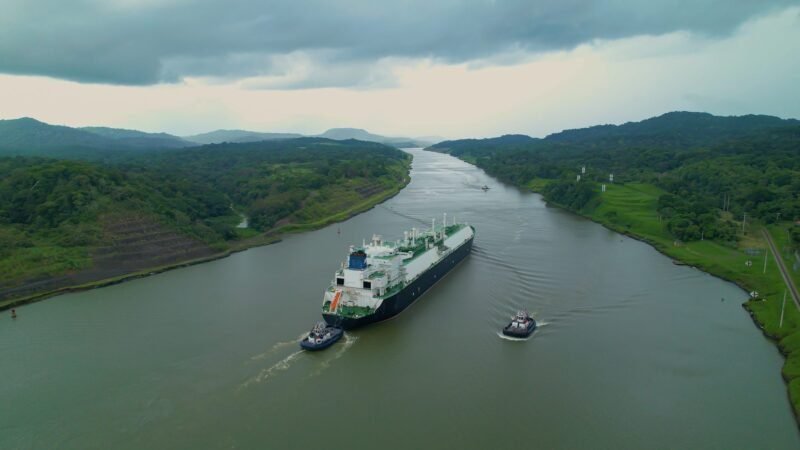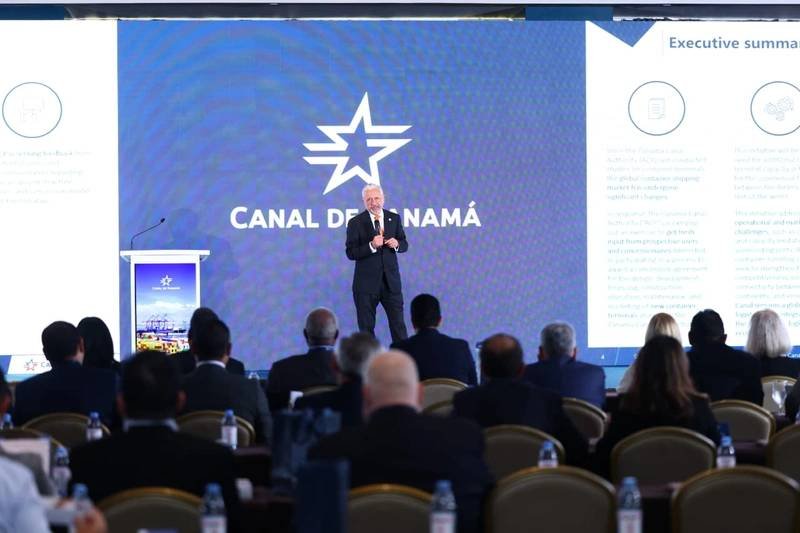The Panama Canal is currently in discussions with U.S. liquefied natural gas (LNG) producers to address the increased demand for transit as water levels recover following a prolonged drought. The canal, which is a key route for U.S. Gulf Coast exporters transporting LNG cargoes to Asia, had to limit daily crossings last year due to low water levels. This prompted many producers to seek more expensive or longer alternative routes.
With the recent replenishment of water levels, tensions have eased, and the canal is now exploring future options to accommodate LNG customers. Changes in slot allocations may be necessary to ensure more passage for these customers, and the administration is conducting a survey to determine their needs in terms of frequency and permits. The canal is also considering attracting exports from new LNG plants in the U.S., which would require permits.
The Panama Canal has proposed building water reservoirs to alleviate shortages caused by climate change, but is awaiting government approval to access necessary areas for construction. President-elect Jose Raul Mulino has indicated plans to expedite approvals upon taking office on July 1. The canal is also planning to introduce an updated pricing system next year to reflect new realities and customer needs. The water reservoirs, projected to be ready by 2030, are contingent on obtaining permits and reaching agreements with surrounding communities.


















